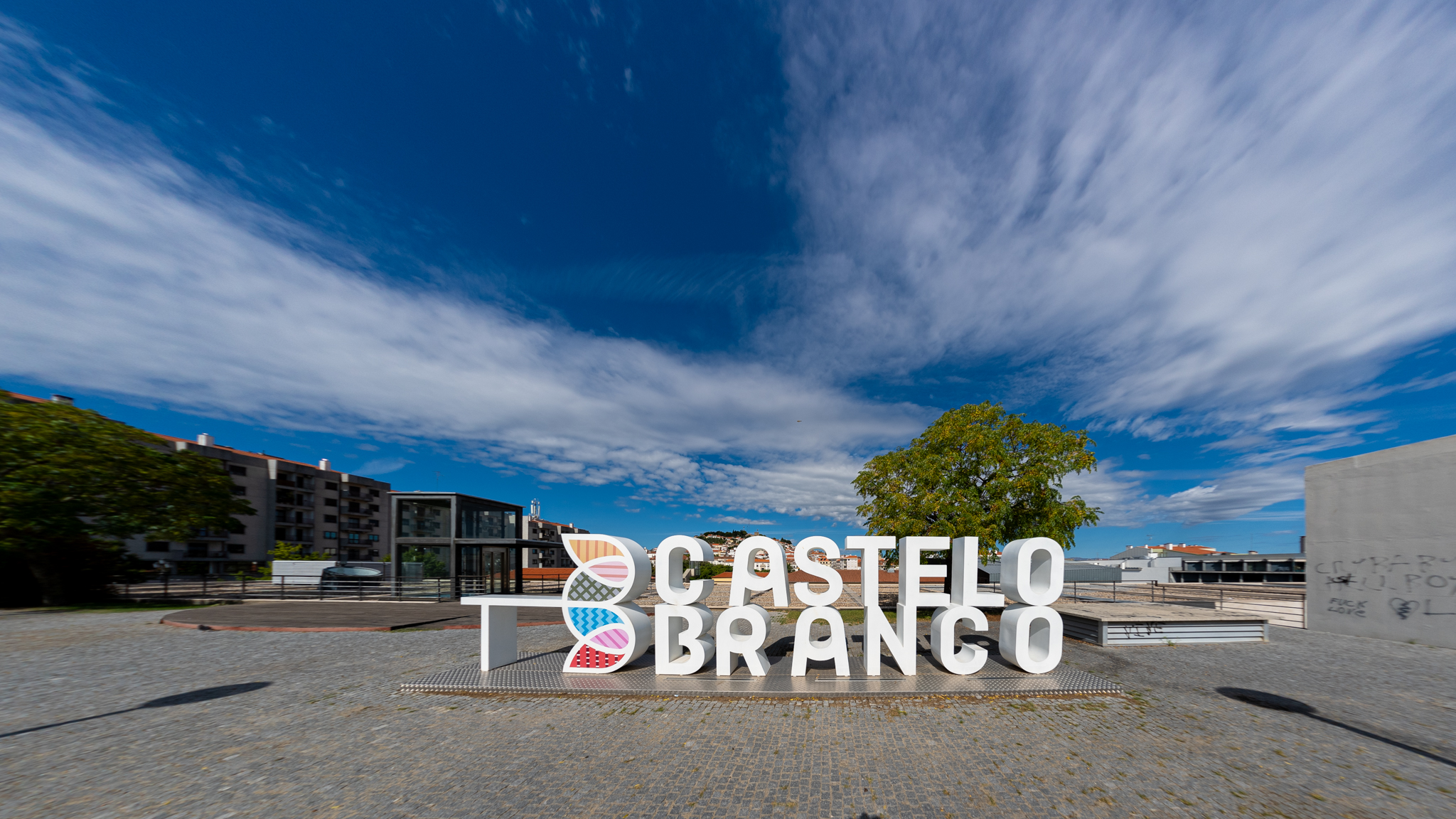CANDIDATE

The Castelo Branco City Hall is promoting the adhesion to the UNESCO Creative Cities network, in the Handicraft and Folk Arts Category, with the Castelo Branco Embroidery. This project started at the beginning of 2022 and should culminate at the end of June 2023 with the submission of the application dossier to UNESCO.
The integration of Castelo Branco in UNESCO's Creative Cities Network will promote cooperation with other cities that, just like Castelo Branco, recognize creativity as a strategic factor for sustainable development. This Network is, therefore, an excellent platform for the development of partnerships that promote innovation, cultural and creative industries, and activities, namely economic, linked to the manufacture of the Castelo Branco Embroidery in the national and international panorama is fundamental so that it can gain even more notoriety and, above all, so that it can position itself as an International Center of the Embroidery, attracting professionals, investors and visitors, generators of economic development and quality of life.
The Castelo Branco embroidery has characteristics that make it unique and distinct among the Portuguese embroideries. The intensity of the colors and the light is given by the silk threads, embroidered over the raw handmade linen base. The drawings/ motifs have their own symbology: the tree of life, birds, carnations, roses, lilies, pomegranates, or hearts - all with a distinctly exotic profile.
The embroidery of Castelo Branco is an internationally recognized art. Present in the Court, either as a distinctive object, or through thematic influence. The tulip, a recurring flower in Castelo Branco's embroidery, existed in abundance in the country's palace gardens, especially those at court, and subjected to great reserve to prevent its popularization from stripping it of its aristocratic character, it became a symbol of wealth and ostentation.
The influences of the Orient, whether through silk or the motifs depicted in the embroidered designs. White Castle Stitch was the stitch used in Arab embroidery, introduced to the Peninsula as early as the 8th century. It is frequent in Persian, Indian, Chinese, and Japanese embroidery and is therefore classified as Oriental stitches.
The presence in international museums also attests the excellence of the Castelo Branco Embroidery. An example of this are the pieces on display at the Victoria & Albert Museum, London. But also at Manchester Cathedral, where there is a work that covers the altars of the Cathedral.
Of immense beauty and an example of originality in the national manufacture, the Castelo Branco Embroidery presents the existence of an art of its own, with a peculiar style, concentrated in the district of Castelo Branco. The motifs that characterize and define the Bordado de Castelo Branco are reflected in many areas other than just the art of textiles and embroidery. The city's sidewalks feature original examples of embroidery on Portuguese calçada. The cobblers adapted their art of working basalt and limestone to the decorative motifs of the famous Castelo Branco bedspreads. Besides the Portuguese sidewalk, several buildings in the city decorate their façades with the motifs of the "Bordado de Castelo Branco", making it the ex-libris of the city, a true identity symbol of the Capital of Beira Baixa.
